Bee Venom Skin Benefits
DISCLAIMER:This blog does not intend to provide diagnosis...
- In this article:
- What Is Bee Venom?
- Benefits and Uses
- Claims About Bee Venom Benefits
- How to Use Bee Venom for Skin
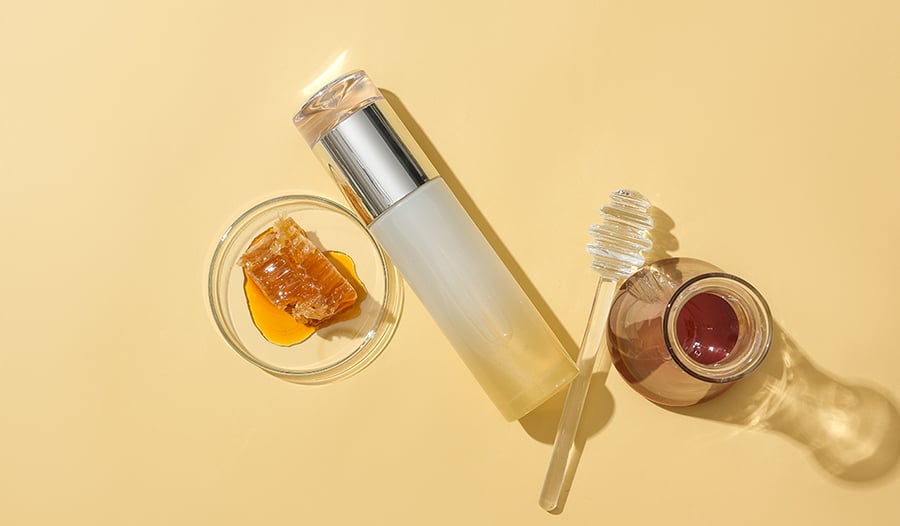
When picturing a bee sting you may imagine pain, redness, and swelling. While the stinger piercing the skin contributes to some of the pain of a bee sting, the true culprit is bee venom.
What Is Bee Venom?
Bee venom, also known as apitoxin, is an odorless clear acidic liquid. Made by special glands of worker bees, the main purpose of the acidic liquid is to protect the colony against predators. One bee sting can deliver up to 150 micrograms of venom. Depending on the weight of the individual anywhere between 200-1500 bee stings can be lethal.
Bee venom contains a wide range of molecules like proteins, amino acids, phospholipase A2, and mellitin, which is the main component.
Using honeybee products like propolis, royal jelly, and bee venom for health and medical purposes is called apitherapy. In apitherapy, bee venom has been used for various purposes, from desensitizing the body to bee allergies to managing chronic pain.
Benefits and Uses
As research provides a deeper scientific understanding of the power of bee venom, clinical use of the potent liquid may be beneficial for skin conditions like atopic dermatitis, psoriasis, vitiligo, and acne vulgaris, and to reduce the signs of aging.
Using quality topical products containing bee venom for skin health may have powerful benefits.
Bee Venom May Benefit Atopic Dermatitis
Atopic dermatitis is a skin condition marked by itchy, painful, dry cracked skin, rashes or small bumps, and thick skin. Atopic dermatitis usually occurs in skin creases, like the inside of elbows and behind the knees but may show up on any skin surface.
A recent Global Burden of Disease Study found that up to 20% of children and 10% of adults worldwide struggle with atopic dermatitis. The cause of atopic dermatitis isn’t well understood, and zinc deficiency may play a role in the condition. Studies suggest that the topical application of bee venom may be beneficial for those suffering from atopic dermatitis.
One study involved 136 participants with atopic dermatitis. The participants either received an emollient containing bee venom and silk protein, or a control for 4 weeks. The study found that the participants who received the bee venom cream reported less severe atopic dermatitis symptoms than the control group. The treatment group reported less itching than the control group.
The study suggested the topical application of bee venom prevented mast cell degranulation. Mast cells are immune cells that contain granules of cytokines, heparin, and histamine. Histamine plays a significant role in the allergic response that causes itching. Mast cell degranulation is the process in which mast cells release their histamine into the bloodstream.
With studies suggesting that bee venom may prevent mast cell degranulation, it has the potential to be useful for other disorders that involve mast cells like psoriasis.
Bee Venom May Reduce Psoriasis
Psoriasis is a chronic skin and autoimmune condition that involves skin cells multiplying too fast. The condition includes scaly, itching, inflamed patches of skin that can appear on the scalp, knees, elbows, or anywhere else on the body.
It is estimated that up to 4.8% of the population is affected by psoriasis. Research indicates that bee venom may be helpful to improve psoriasis. One double-blind randomized clinical trial wanted to study the effects of bee venom involved 50 patients diagnosed with recalcitrant localized plaque psoriasis.
Recalcitrant psoriasis is defined as having at least a 2-year history of psoriasis with at least 2 anti-psoriasis treatments not working. The study divided the participants into 2 groups, one that received bee venom therapy and one that received a placebo. Either bee venom or a placebo was injected into the psoriatic lesions for 12 weeks.
The study found that 92% of the treatment group had complete disappearance of all psoriasis lesions. There was also a decrease in the level of tumor necrosis factor-alpha (TNF-alpha). TNF-alpha is a cytokine that is associated with increased inflammation and cell death.
Research suggests that as an anti-inflammatory, bee venom may be just as powerful as curcumin.
Bee Venom May Decrease Acne
Acne, known clinically as acne vulgaris, is a common skin condition affecting teens and young adults. Acne involves raised tender bumps and pus-filled pimples. Blackheads may also be present. There is often an inflammatory or painful component that accompanies the skin condition as well.
While certain vitamins like high doses of vitamin B12 and B6 have been linked to acne, it is primarily thought to be caused by bacteria, especially Cutibacterium acnes. Studies indicate that bee venom may have anti-bacterial activities that benefit acne. One double-blind randomized controlled study focused on the effects of bee venom-infused cosmetics on acne.
Twelve participants were placed into 2 separate groups. For 2 weeks, one group received cosmetics that contained bee venom, while the other group received cosmetics without it. The study found that the treatment group had a decrease in both inflammatory and noninflammatory acne lesions compared to the control group.
Studies also suggest that acne may be decreased by topical application of tea tree gel because of its antimicrobial properties. Skin care products containing bee venom and tea tree may be a formidable foe against acne outbreaks.
Bee Venom May Promote Youthful Skin
Maintaining youthful glowing skin with aging can be a daunting task. With aging comes collagen loss which can contribute to fine lines, wrinkles, and sagging skin.
One test-tube study focused on the effects of bee venom on human skin cells that had been damaged by ultraviolet radiation. The study found that bee venom helped to repair cell damage and increase collagen formation.
Another study, a clinical voluntary trial, involved 22 women aged 30-49 years old who had received a bee venom cream to use two times a day for 12 weeks. The study found that the bee venom cosmetic had reduced the total number and depth of the women’s wrinkles.
Interestingly, studies suggest that snail mucin, the mucus secreted by snails, has a similar effect on reducing wrinkles and fine lines. A product that contains both bee venom and snail mucin may have a more powerful synergistic effect for improving skin texture.
Claims About Bee Venom Benefits
While studies suggest that there may be many potential bee venom benefits that include more than skincare, online bee venom reviews are making some widely unsupported claims. For example, there has been rising interest that the toxin may be useful for other conditions like acting to help drain the lymphatic system or even contribute to weight loss.
The lymphatic system is a complex web of interconnected tissues and organs that help move lymph fluid from the tissues back into the bloodstream. Lymphatic drainage can be supported by drinking plenty of water, deep belly breathing, exercise, and massage. Some individuals on social media have even suggested there is a bee venom lymphatic drainage relationship in which bee venom patches and products promote the draining of lymph fluid. At this point, there are no studies that suggest that bee venom promotes lymphatic drainage. More research and clinical trials would need to be done to be able to accurately support this claim.
Bee venom patches are also being touted on social media as an easy and effective weight loss method. Does bee venom work to help you lose weight? Since there have been little to no clinical studies that focus on bee venom for weight loss, there isn’t any evidence to suggest that this is the case at this time. Furthermore, no research suggests that using bee venom weight loss patches may help reduce weight.
How to Use Bee Venom for Skin
The use of bee venom has come a long way from just injecting stingers into the skin. Now there are creams, serums, and gels that may help support healthy skin.
The best topical bee venom skincare products are not only high quality but contain potentially synergistic ingredients like snail mucin, tea tree, and collagen. The combination of such ingredients may help support and maintain healthy, glowing skin.
While injecting bee venom into the body for therapeutic purposes has been reported to have side effects, using the colorless toxin topically may not have adverse effects.
The main side effects associated with using the insect-made toxin include mild itching, pain, and swelling. Those who are allergic to bees should speak with a healthcare professional before using bee venom products.
Bee venom is a potent toxin that protects its makers from harm, but it is also a natural marvel. With individuals using the toxin for a wide variety of diseases and disorders, it is no wonder that skincare was added to the list. From atopic dermatitis and psoriasis to acne and anti-aging, studies suggest that bee venom may play a role in maintaining healthy skin.
Adding high-quality bee venom skin care products to a well-rounded skincare routine, along with a healthy lifestyle, may keep skin supple, healthy, and glowing in the years ahead.
References:
- Khalil A, Elesawy BH, Ali TM, Ahmed OM. Bee Venom: From Venom to Drug. Molecules. 2021;26(16):4941. Published 2021 Aug 15. doi:10.3390/molecules26164941
- Pucca MB, Cerni FA, Oliveira IS, et al. Bee Updated: Current Knowledge on Bee Venom and Bee Envenoming Therapy. Front Immunol. 2019;10:2090. Published 2019 Sep 6. doi:10.3389/fimmu.2019.02090
- Isidorov V, Zalewski A, Zambrowski G, Swiecicka I. Chemical Composition and Antimicrobial Properties of Honey Bee Venom. Molecules. 2023;28(10):4135. Published 2023 May 17. doi:10.3390/molecules28104135
- El-Wahed AAA, Khalifa SAM, Elashal MH, et al. Cosmetic Applications of Bee Venom. Toxins (Basel). 2021;13(11):810. Published 2021 Nov 18. doi:10.3390/toxins13110810
- Gray NA, Dhana A, Stein DJ, Khumalo NP. Zinc and atopic dermatitis: a systematic review and meta-analysis. J Eur Acad Dermatol Venereol. 2019;33(6):1042-1050. doi:10.1111/jdv.15524
- Schuler CF 4th, Billi AC, Maverakis E, Tsoi LC, Gudjonsson JE. Novel insights into atopic dermatitis. J Allergy Clin Immunol. 2023;151(5):1145-1154. doi:10.1016/j.jaci.2022.10.023
- Jodidio M, Schwartz RA. Bee venom: apitherapy and more. Ital J Dermatol Venerol. 2024;159(1):4-10. doi:10.23736/S2784-8671.23.07683-1
- Nair PA, Badri T. Psoriasis. [Updated 2023 Apr 3]. In: StatPearls [Internet]. Treasure Island (FL): StatPearls Publishing; 2024 Jan-. Available from: https://www.ncbi.nlm.nih.gov/books/NBK448194/
- Eltaher S, Mohammed GF, Younes S, Elakhras A. Efficacy of the apitherapy in the treatment of recalcitrant localized plaque psoriasis and evaluation of tumor necrosis factor-alpha (TNF-α) serum level: A double-blind randomized clinical trial. J Dermatolog Treat. 2015;26(4):335-339. doi:10.3109/09546634.2014.990411
- Zamil DH, Perez-Sanchez A, Katta R. Acne related to dietary supplements. Dermatol Online J. 2020;26(8):13030/qt9rp7t2p2. Published 2020 Aug 15.
- Han SM, Lee KG, Pak SC. Effects of cosmetics containing purified honeybee (Apis mellifera L.) venom on acne vulgaris. J Integr Med. 2013;11(5):320-326. doi:10.3736/jintegrmed2013043
- Enshaieh S, Jooya A, Siadat AH, Iraji F. The efficacy of 5% topical tea tree oil gel in mild to moderate acne vulgaris: a randomized, double-blind placebo-controlled study. Indian J Dermatol Venereol Leprol. 2007;73(1):22-25. doi:10.4103/0378-6323.30646
- Kurek-Górecka A, Górecki M, Rzepecka-Stojko A, Balwierz R, Stojko J. Bee Products in Dermatology and Skin Care. Molecules. 2020;25(3):556. Published 2020 Jan 28. doi:10.3390/molecules25030556
- Varani J, Dame MK, Rittie L, et al. Decreased collagen production in chronologically aged skin: roles of age-dependent alteration in fibroblast function and defective mechanical stimulation. Am J Pathol. 2006;168(6):1861-1868. doi:10.2353/ajpath.2006.051302
- Han S.M., Hong I.P., Woo S.O., Chun S.N., Park K.K., Nicholls Y.M., Pak S.C. The beneficial effects of honeybee-venom serum on facial wrinkles in humans. Clin. Interv. Aging. 2015;10:1587–1592. doi: 10.2147/CIA.S84940.
- Lee H., Kyeong S., Pyo B.M., Heo Y., Goo C. Anti-wrinkle effect of PLA 2 -free bee venom against UVB-irradiated human skin cells. J. Agric. Life Sci. 2015;49:125–135. doi: 10.14397/jals.2015.49.1.125.
- Lim VZ, Yong AA, Tan WPM, Zhao X, Vitale M, Goh CL. Efficacy and Safety of a New Cosmeceutical Regimen Based on the Combination of Snail Secretion Filtrate and Snail Egg Extract to Improve Signs of Skin Aging. J Clin Aesthet Dermatol. 2020;13(3):31-36.
- Zhang S, Liu Y, Ye Y, et al. Bee venom therapy: Potential mechanisms and therapeutic applications. Toxicon. 2018;148:64-73. doi:10.1016/j.toxicon.2018.04.012







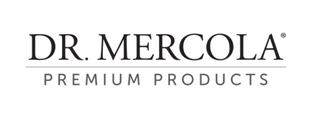
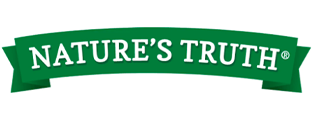





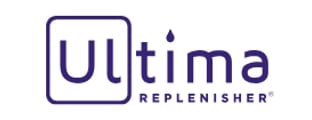


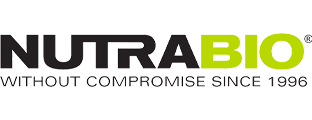
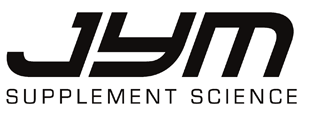







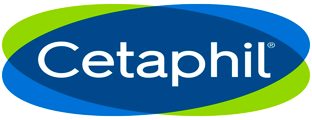

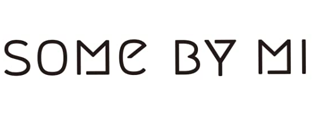



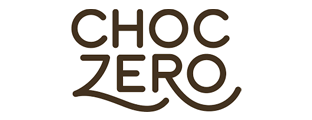
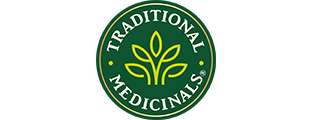
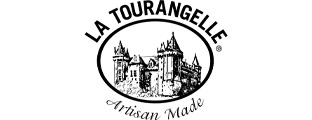




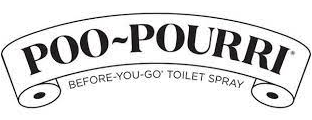









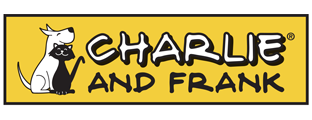















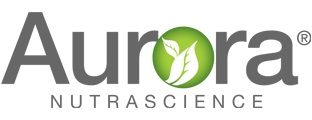


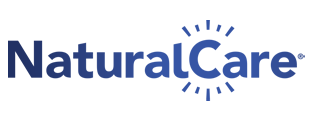
 By Dr. Candace Mathers, N.D.
By Dr. Candace Mathers, N.D.